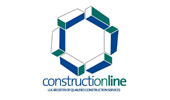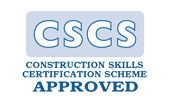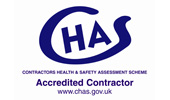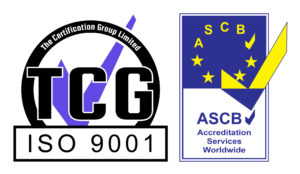Laitance Removal in Calcium Sulphate Screeds
Why laitance removal is essential and how to do it.
Hi, I’m Andy Parkin, Managing Director of Speed Screed, a Multi-Award Winning Company. In this article, I want to take a look at the question of laitance removal in calcium sulphate screeds, what the problem is and how to deal with it.
Why is there a need for laitance removal?
Laitance plays an important part in flooring installation failures by forming a weak layer on the surface of the screed. Laitance forms on all screeds to varying degrees, and the action required will depend on the screed type. Calcium sulphates will need laitance removed, this is defined by the British Standard.
Laitance can be seen as either a fine layer of dust or extend in depth to several millimetres. Depth can be established by scoring the layer and measuring the distance between that and the aggregate beneath. Special scratch testing equipment can be purchased for this purpose.
Can I avoid laitance removal?
If you leave the laitance in place the risk of the floor failing is high. Any other materials subsequently added to the calcium sulphate screed will be impacted and less effective. Often problems develop over time. If laitance removal is not done the floor will be vulnerable to stresses of traffic and excess stress will be placed on the bond. The floor will eventually fail, the bond will break and there will be a need to undertake potentially expensive remedial work to replace the floor coverings.
How is laitance removal done?
There are a few recommended methods to remove laitance on calcium sulphate screed. The method used always depends on the working environment and what the final floor will be used for. However, whatever method you choose, it is essential to remove the laitance so that the floor does not fail.
Shot blasting – for laitance removal shot blasting remains the fastest and most effective method. The machines come in a range of sizes adaptable to most surfaces and because they are so fast you can clear a lot of area in a short time making them cost and labour effective.
Mechanical planing – this method is used where you have to remove a thicker layer of laitance. This uses a machine with rotating cutters and is also known as concrete planing.
Grinding, abrading and scrabbling – these are often handheld machines and as such are good for small areas and situations where some degree of precision is needed.
Safe and effective laitance removal is essential to ensure that the final flooring is stable and hard-wearing and to avoid costly remedial work later. When mixing and laying calcium sulphate screed always bear the problem of laitance in mind; it is often easier to avoid the problem than to organise laitance removal after the screed layer is placed.
If you would like further information or help, please contact us.
Our Accreditations
About Speed Screed
Speed Screed Limited was founded on the key principle of providing first-class customer service. It has since built itself an impressive reputation for delivering high-quality projects across the United Kingdom Floor Screed.
The company’s success is built on its belief in quality work, attention to detail, on-time completion, strong working partnerships and the recruitment of top-level staff. about us >








